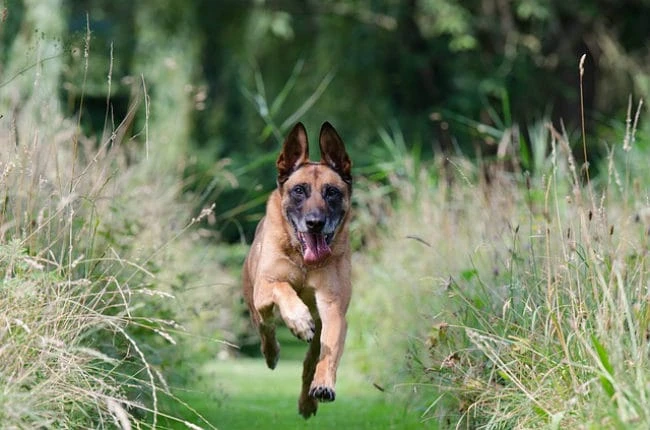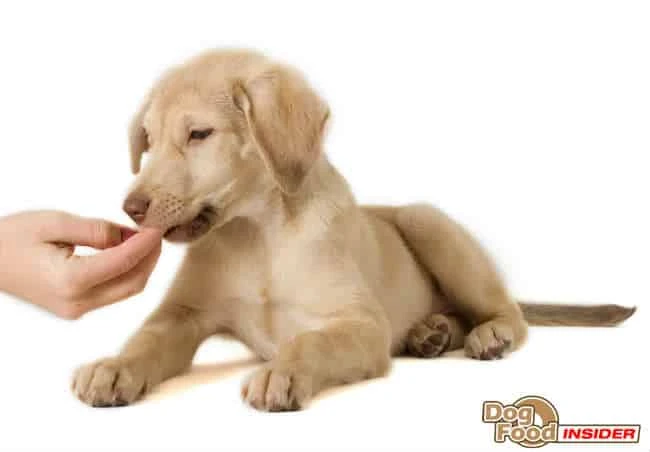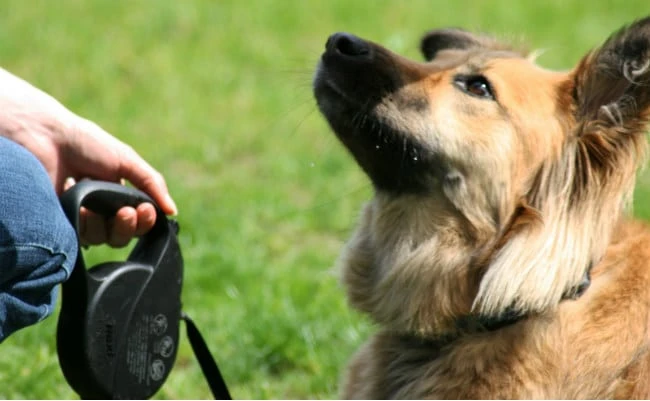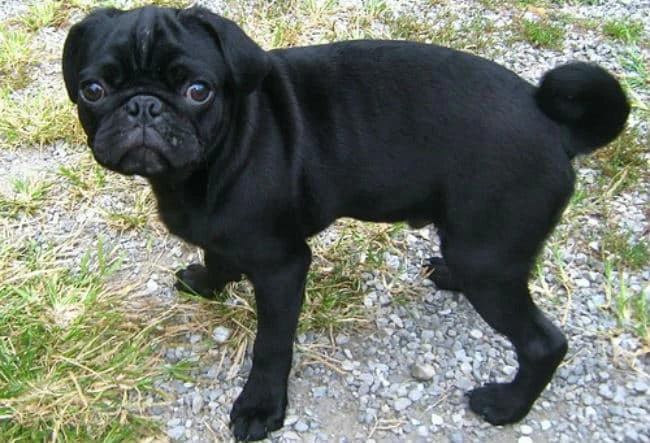Negative Reinforcement, How to Train a Puppy, Free Puppy Training Tips
In this section we will introduce you to negative reinforcement so that you can learn how to train a puppy or dog using the best free dog training devices, tips, tools, commands, methods and techniques.
This will enable you to be able cure any dog behavioral problems or puppy behavior issues using dog behavior modification, classical conditioning and other less conventional dog training methods
Negative Reinforcement.
In the right hands and used appropriately, negative reinforcement can be an effective dog obedience training tool when used in conjunction with other dog training techniques
This is a dog obedience training tool that is often used by dog trainers to effectively train a dog or puppy.
As a dog training tool it does have it’s fans but also some enemies.
As a dog trainer I am not going to offer a personal opinion regarding the use of this technique but I will explain exactly what negative reinforcement is and how it can be used when learning how to train a puppy or dog.
There is no reason why this dog training technique can’t be used along with other dog training methods as long as you remain fair and consistent throughout.
As with all forms of dog obedience training and puppy obedience training, a dog or puppy needs to have certain boundaries in place.
Negative reinforcement refers to when something is taken away from your dog so that it increases the likelihood of that dog or puppy behavior happening again – it’s an example of dog behavior modification.
For example if your dog continued to whine every-time you were about to get his food ready and you continued to make him wait this would increase the likelihood of your dog whining.
Or if you were training your dog or puppy to lie down by keeping the leash short by placing your foot on the leash and then removing your foot from the leash – your dog or puppy will then lie down.
It maybe easier to view this technique as the opposite to positive reinforcement.
The latter simply refers to adding something to make the likelihood of your dog or puppy repeating the behavior i.e. a treat or lots of praise.
And negative reinforcement refers to taking something away to make your dog repeat certain behavior.
The danger with this training technique is that it maybe viewed as a punishment by your dog – i.e your dog will repeat certain behavior to avoid the punishment as opposed to positive reinforcement where your dog will repeat certain behavior so that he gets the positive reward or treat.
Positive Reinforcement = A treat and lots of praise to increase the likelihood of the behavior being repeated more frequently.
Negative Reinforcement = A punishment is given to your dog or puppy or something is taken away to increase the likelihood of the behavior being repeated more frequently.
There are certain dog training tools used in negative reinforcement including:
- Shock training collars.
- Choke collars
- Bitter apple or Cayenne pepper (we don’t agree with these two dog training methods) sometimes used when crate training a puppy and also when crate training a dog
- Water spray collars.
You could use negative reinforcement when you are potty training a puppy and potty training a dog placing your dog or puppy in his crate after he has had an accident – you are letting your puppy know that he needs to potty outside not in the House.
You could also use it if your dog or puppy is chewing through a power cable and you give him a tap on the nose to stop him.
However, you should never get confused with punishment and negative reinforcement as there is NEVER any need to smack or physically punish your dog or puppy (unless you are going to save his life i.e. when you stop him chewing through the electric power chord.)
Choosing which dog training technique, devices or methods that you are going to use should depend on your dog or puppy and how they react to the training regime.
If you feel that you may start using one or the other too much it is much better to go over the top with positive reinforcement as you have to remember that you need to build a healthy relationship and strong bond with your dog or puppy so that he responds more effectively to the training regime.
There is little doubt that most dogs or puppies won’t turn down a favorite treat and a pat on the back!
Dog Training should be Fun!
Learning how to train a puppy or dog should be fun for both of you!
Which ever dog training techniques, methods, tools, devices and commands that you decide to use you should always consult with your Vet before choosing one or the other.
The most important part of the dog obedience training and puppy obedience training process is the journey you and your dog take to get to the end result.
There is no point in getting the most well behaved dog with no behavioral problems in your neighborhood if you have completely broken your dog’s spirit to get there.
This is not the point of a dog training regime or schedule, if you make the training mentally stimulating and physically stimulating it will come as no surprise that your dog or puppy will want to be trained.
Having said this you should keep to a strict training regime that remains structured but have the ‘fun time’ and ‘training time’.
Remember that the dog obedience training and puppy obedience training regime is not a race but a journey which should be slow and steady which will ultimately make the training ‘stick’ and be much more effective in the longterm – so be the Tortoise and not the Hare!




